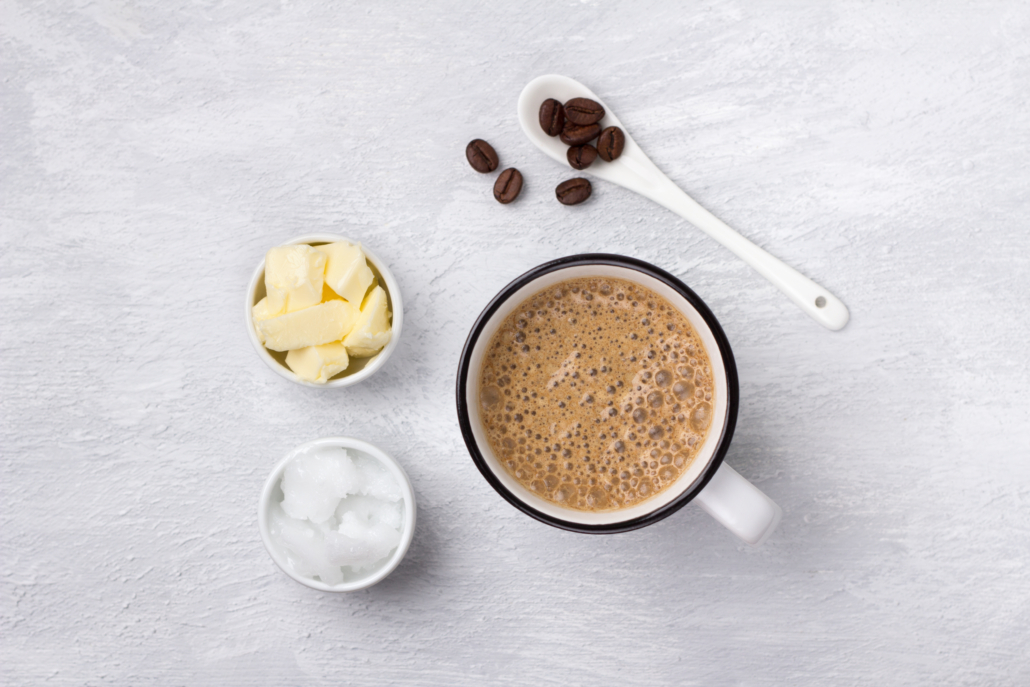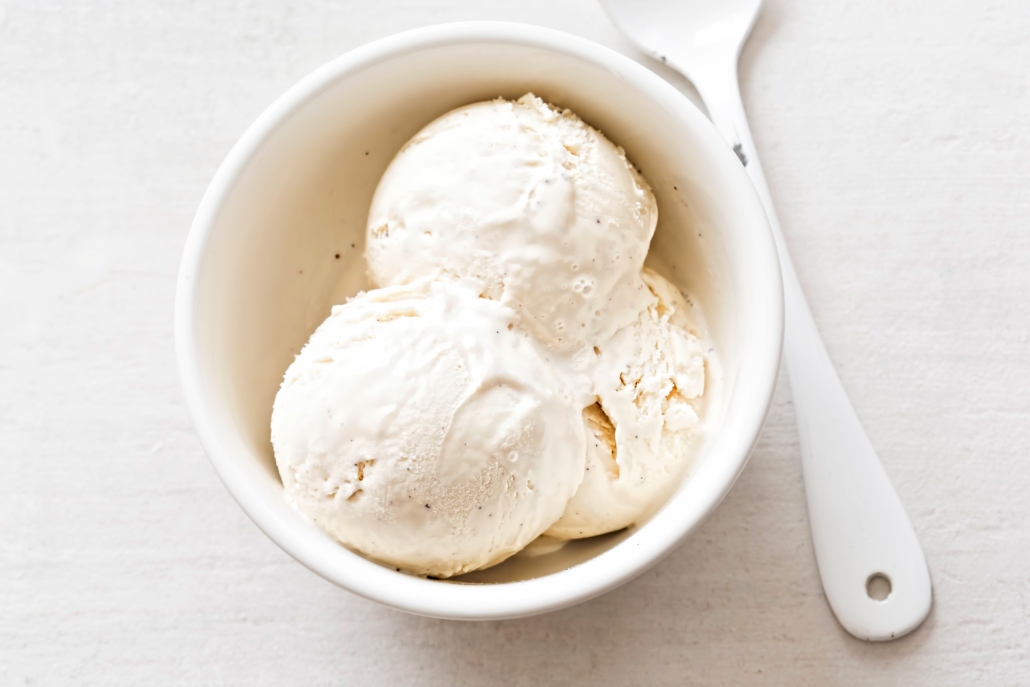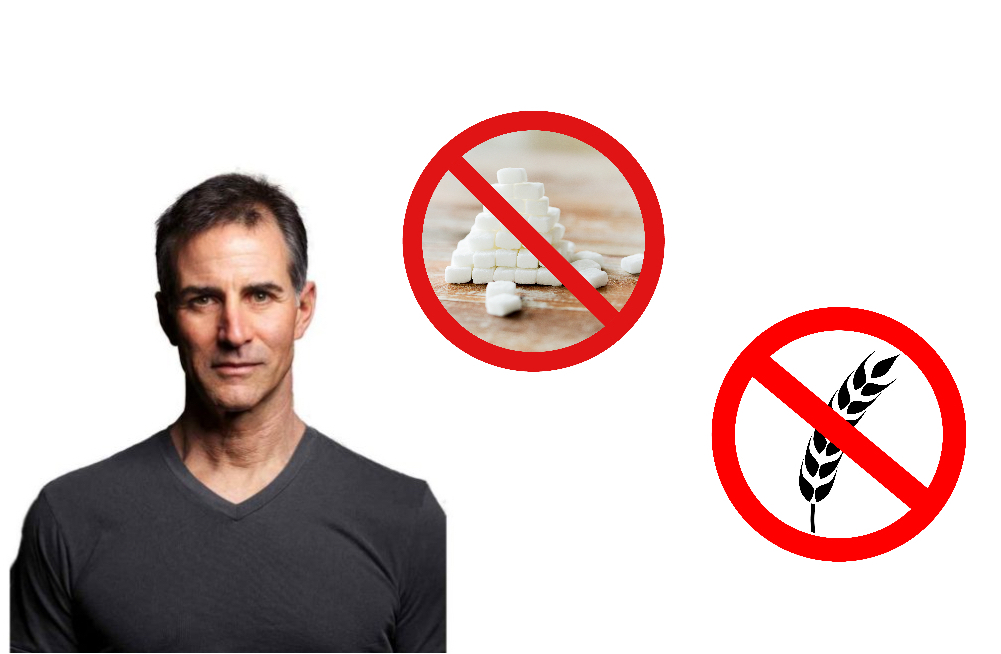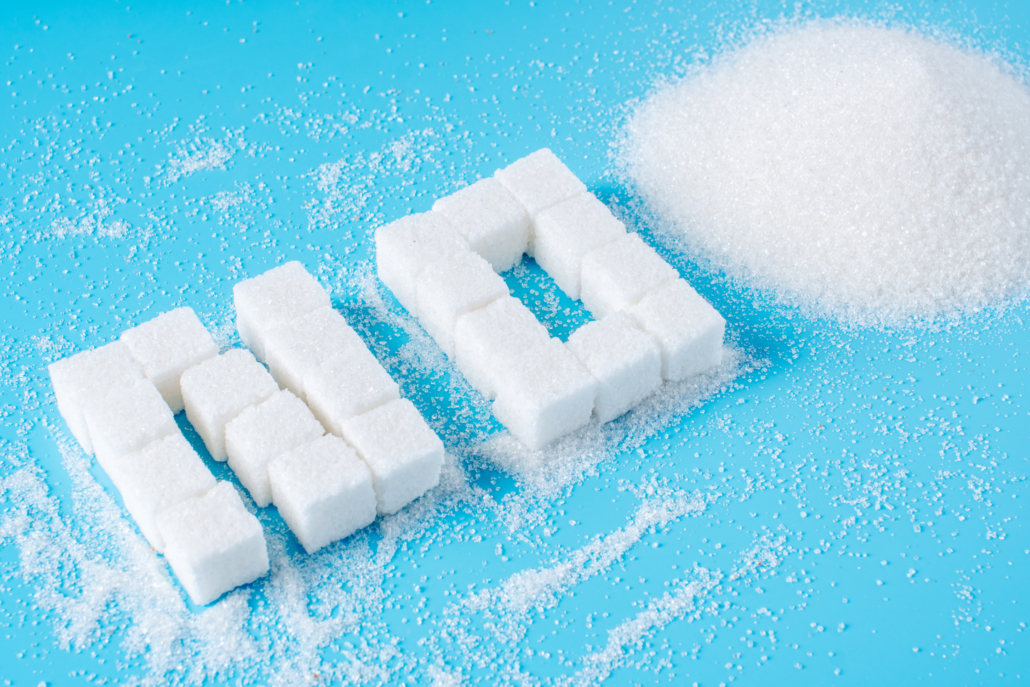We include products in articles we think are useful for our readers. If you buy products or services through links on our website, we may earn a small commission.
Pescatarian Keto: Complete Guide with Meal Plan and Food List
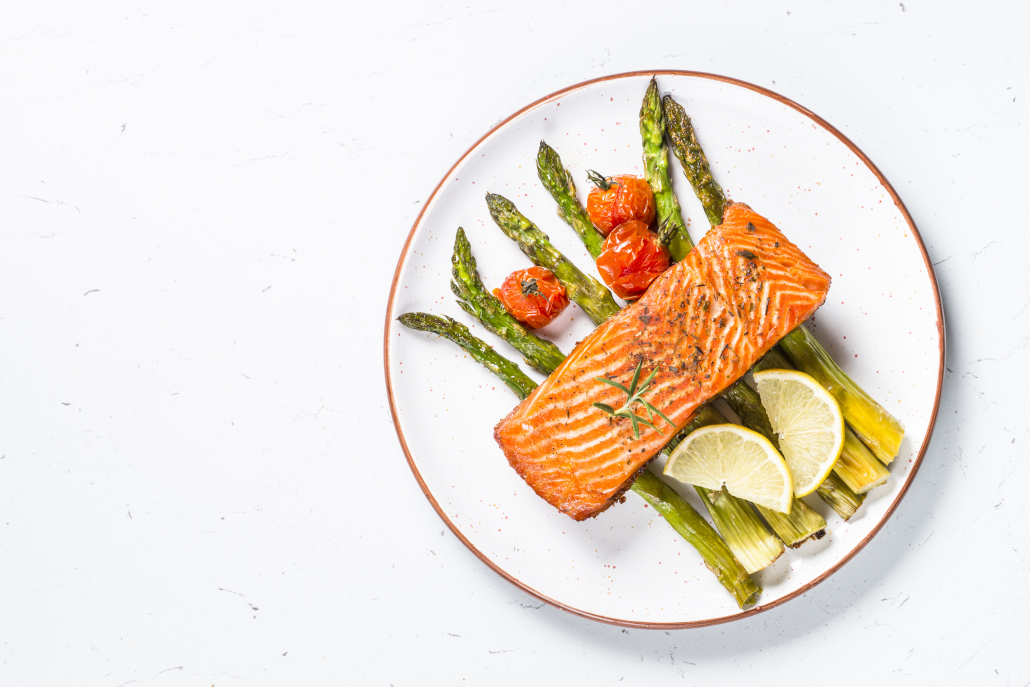
There’s no denying that meat eaters have it easy when it comes to the ketogenic diet. But pescatarians aren’t far behind.
Pescatarian keto is a healthy and sustainable option for people who choose to avoid all land-dwelling meat. It provides incredibly nutrient-dense foods that align with an ancestral way of eating while eliminating plant foods that can be high in toxins and antinutrients.
In this article, we’ll offer some helpful tips for beginning a pescatarian keto diet, explore the best foods to eat along with a 7-day pescatarian keto meal plan.
Let’s dive in!
Table of Contents
What is a Ketogenic Diet?
A ketogenic (keto) diet entails eating high-fat, moderate-protein, and low-to-no carbohydrates.
When you cut carbs and get most of your calories from fat, your body switches from relying on carbohydrates for fuel, to breaking down the fat you eat, and the fat you store on your body, into energy molecules called ketones.
When ketone levels become elevated, you are in the metabolic state called ketosis–that’s where “keto diet” comes from.
The macronutrient profile of a typical ketogenic diet looks like:
70-80% of calories from fat
15-30% calories from protein
0-10% calories from carbohydrates
Ketones offer more energy per unit than carbs, and can fuel most of the cells in your body. For the few cell types that require carbs, your body will synthesize carbs from protein in a natural process called gluconeogenesis.
What is Pescatarian Keto?
Pescatarian keto is a type of keto diet that sources most of its calories from fatty seafood, full-fat dairy, and eggs, while avoiding pork, poultry, and red meat.
Benefits of the Pescatarian Keto Diet
With 25.4 million searches on google in 2020, keto is by far the most searched diet. With it’s soaring popularity, research is trying to keep up, with recent studies showing that the keto diet can offer numerous benefits including:
Reductions in the severity of type 2 diabetes, fatty liver disease
Reduces and slows the progression of neurological disorders like epilepsy, Alzheimer’s and Parkinson’s disease.
Make meals more satiating, reducing cravings for processed and high-carb foods
Protects the glycocalyx –the membrane that covers the surface of every cell, responsible for overall health, and is easily damaged by sugar intake.
5-Step Plan For Starting Your Pescatarian Keto Diet
Now that you know a bit about keto, let’s take a look at five steps to implementing, maintaining, and thriving on a pescatarian keto diet.
Step 1: Calculate Your Macronutrient Needs
To figure out the amount of fats and proteins you need to sustain your body and activity, use this keto calculator. Once you know your macronutrient requirements, you’re to reduce carbs and add foods accordingly.
Step 2: Reduce Carbs
To get into ketosis you’ll need to dramatically limit your carb intake. For most people, this means a maximum of 20 grams of carbs per day when starting out, and up top 60 grams a day once you’re keto adapted.
Cutting carbs means eliminating nearly all of the most popular carbohydrate sources in a Standard American Diet, including:
Wheat
Alternative wheat flours like spelt and rice flour
Quinoa
Buckwheat
Legumes, including beans, soy, peas, and lentils
Reduced-fat dairy
Starchy vegetables like potatoes
Fruits (except for moderate amounts of low carb fruits like berries)
Step 3: Add Healthy Fats and Proteins
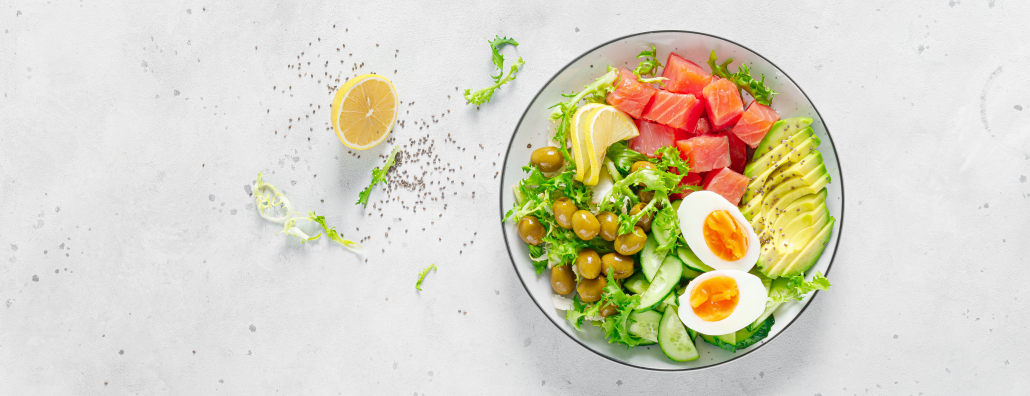
Fat is where it’s at!
As the cornerstone of every version of the ketogenic diet, healthy keto fats will account for between 70% and 80% of your calories.
This means that the type of fats you choose are the most important part of your pescatarian keto diet.
And because people have different activity levels and body composition, we recommend aiming for 1.2 to 2.0 grams of protein per kilogram of body weight.
This averages out to around 70 grams of protein per day accounting for roughly 25% of your total calorie intake.
The following is a list of the most nutrient-dense and healthy protein and keto fat sources to focus on.
Fish
No surprise here, fatty fish are a main component of the pescatarian keto diet. But the “fatty” element deserves highlighting.
Most fish are relatively lean. Having lean protein as the center of your diet without adding more fat from other sources can lead to fat shortages and even protein poisoning.
Fortunately, the fattiest fish are also the richest in various vitamins and minerals. For instance, salmon, herring, and sardines provide substantial amounts of vitamin D, which is critical for immune function and bone health.
Here’s a list of some of the most popular types of fish in order of their fat-to-protein ratios:
Nutrition info per 100g
| Type of Fish | Calories | Fat | Protein | Carbs | % Calories from fat | % Calories from protein |
| Salmon Belly | 298 | 30 | 10 | 0 | 87 | 13 |
| Mackerel | 290 | 20.3 | 27 | 0 | 63 | 37 |
| Anchovies | 256 | 15.9 | 28 | 0 | 56 | 44 |
| Farmed Salmon | 234 | 14 | 25 | 0 | 56 | 44 |
| Wild King Salmon | 195 | 13 | 22 | 0 | 54 | 46 |
| Sardines | 139 | 7.5 | 18 | 0 | 49 | 52 |
| Arctic Char | 208 | 10 | 29 | 0 | 43 | 56 |
| Halibut | 155 | 3.5 | 30.7 | 0 | 20 | 79 |
| Seabass | 135 | 3 | 27 | 0 | 20 | 80 |
| Cod | 113 | 1 | 26 | 0 | 8 | 92 |
| Tuna (Yellowfin) | 150 | 1.5 | 34 | 0 | 9 | 91 |
| Tuna (canned) | 123 | .8 | 27.5 | 1.5 | 6 | 89 |
Seafood
Keto seafood is an excellent way to add variety to your pescatarian keto meal plan. Both in terms of taste and nutrients.
Oysters provide a great source of zinc. While salmon roe is one of the few significant sources of vitamin C in animal foods.
Seafood with orange pigment like shrimp, lobster, and roe (caviar), are packed with Astaxanthin, a powerful antioxidant compound. Astaxanthin may be 6,000 times more potent than vitamin C, and has been shown to reduce oxidative stress and protect the liver.
Nutrition info per 100g
Type of Seafood | Calories | Fat | Protein | Carbs | % Calories from fat | % Calories from protein | % Calories from carbs |
Salmon Caviar (Roe) | 260 | 14 | 29 | 2.9 | 45 | 52 | 3% |
Oysters | 58 | 1.9 | 6.5 | 3.1 | 29 | 33 | 28 |
Mussels | 97 | 2.8 | 13.5 | 4.5 | 26 | 56 | 19 |
Shrimp | 135 | 2.0 | 25.8 | 1.7 | 18 | 78 | 4 |
Crab | 107 | 2.0 | 22 | 0 | 17 | 82 | 0 |
Lobster | 116 | 1.8 | 25 | 0 | 14 | 86 | 0 |
Clams | 82 | 1.1 | 15 | 3 | 12 | 73 | 15 |
Scallops | 97 | 1.0 | 19 | 3 | 9 | 78 | 12 |
You’ll notice that none of the seafood options on this list meet the 70-20% fat-to-protein target. Not to worry!
You can easily boost your fat intake by adding pure fats like butter, cream, olive oil, and coconut oil to your seafood.
For instance adding just 2.3 tablespoons of butter to 100g of scallops turns a protein-heavy 9/78% fat-to-protein ratio, into a keto-ideal 75/20% ratio.
Type of Seafood | Calories | Fat | Protein | Carbs | % Calories from fat | % Calories from protein | % Calories from carbs |
Scallops (with 2.3 tablespoons of butter) | 336 | 27.5g | 19.2 | 3g | 76% | 21% | 3% |
Whole Eggs
For people without egg allergies, eggs can make a key addition to the pescatarian keto diet. They offer fantastic nutrition, and pair well with various seafood options. Smoked salmon and scrambled eggs anyone!
One 56-gram egg is loaded with 5 grams of fat, 7 grams of protein. But only when you eat the whole egg!
The yolk is rich in fat, B vitamins, and powerful antioxidants including lutein and zeaxanthin.
Butter
Getting enough fat can be a challenge on any keto diet, and even harder for pescatarians. This makes butter the perfect carb-free fat-boosting pescatarian keto staple.
A victim to decades of bogus anti-fat misinformation, when part of a keto diet where your body burns fat for fuel, butter is likely very healthy.
It’s also a good source of the fatty acid butyrate which fuels the cells of your GI tract. This can be especially important when on a keto diet that eliminates most fiber–butyrate is produced when fiber ferments in your gut. Research also suggests that butyrate may play a significant role in supporting brain health.
When possible choose organic butter from grass-fed cows. Research shows it may have healthier fats than conventional butter.
Ghee
Ghee is a clarified butter, which means it’s free of lactose and other milk sugars. This makes it neutral for most people who have dairy allergies.
Ghee also has one of the highest smoke points of any cooking oil, so it’s a good way to avoid toxic acrylamide or ALE’s that occur when oil is burned.
The healthy saturated fat content in ghee has been shown to push unhealthy fats out of your cells, leading to a healthier overall metabolic state.It’s also a robust source of CLA (conjugated linoleic acid). CLA has been shown to increase muscle mass and decrease body fat for obese people. And it’s also been identified as an anti-fatigue factor for distance runners.
Cheese
For pescatarians who can tolerate dairy, keto cheese can be another excellent high-fat, low-carb staple.
There are many types of cheese that offer optimal ratios of fat and protein. Fermented cheeses like creme fraiche, cheddar, and gouda can provide the added benefit of probiotics.
Avocados
Avocados are loaded with healthy fats while offering a decent rundown of essential vitamins and minerals.
A single avocado gives you 30% of your daily potassium intake. Potassium can be hard to get enough of on a keto diet.
Clinical studies have also shown Avocados balance blood sugar, support heart health along with healthy aging.
Coconut Oil
Coconut oil is a natural source of fatty acids called medium-chain triglycerides (MCTs). MCTs are easily absorbed and converted into energy. You may have heard of consuming MCT’s as a way to ease and accelerate the body’s transition into ketosis. 82-92% of the fat in coconut oil is saturated, making it highly stable and therefore less likely to oxidize and become inflammatory.
Olives and Cold Pressed Olive Oil
Olives and olive oil are one of the most researched fats. They’ve been shown to contain numerous compounds that reduce inflammation. This makes them effective in preventing heart disease, osteoporosis, and cancer.
A note when cooking with oils: Most vegetable oils, including olive oil, contain polyunsaturated fatty acids (PUFAS). Olive oil is 73% monounsaturated, 11% polyunsaturated and 14% saturated.
PUFAs are an issue because they become “oxidized” when exposed to high heat. Oxidized PUFAs can form toxic compounds like lipid peroxides and aldehydes that increase your risk of certain cancers.
Though olive oil is relatively heat stable compared to other vegetable oils, it’s best to avoid heating it.
What about Vegetables?
Plants contain plant toxins and antinutrients, so for many people part of the benefit of a keto diet is eliminating these substances. However, a small amount of low-carb, low-toxicity keto fruits and keto veggies are likely fine for most people on a pescatarian keto diet.
Keto Friendly Veggies
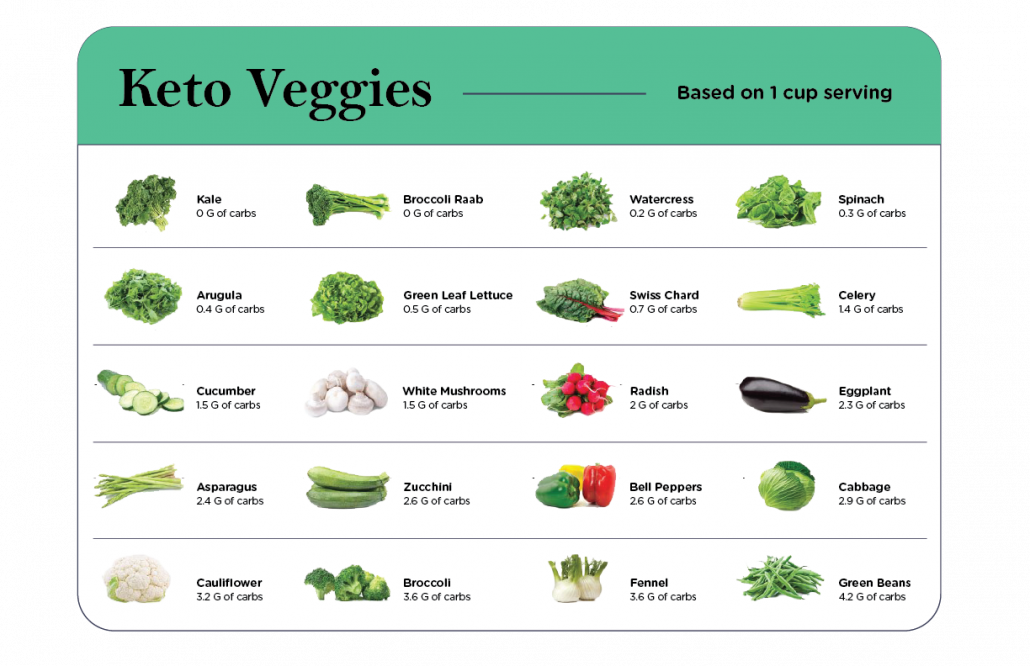
Keto Friendly Fruits
 Pescatarian Keto Shopping List
Pescatarian Keto Shopping List
We recommend sourcing sustainably harvested, wild-caught seafood, as well as grass-fed and pasture raised eggs and dairy whenever available. This will ensure you’re giving your body the most nutritious foods possible.
Food | # of Meals | Amount per Meal | Amount to buy |
Salmon Belly | 4 | .5lb | 2lb |
Smoked Salmon | 3 | .3lb | 1lb |
Arctic Char | 2 | .5 | 1lb |
Prawns | 2 | .5lb | 1lb |
1 can tuna | 1 | 1 can | 1 can |
Oysters | 2 meals (Part of) | 6 oysters per meal | 12 oysters |
Scallops | 2 | .5lb | 1lb |
Ghee | 4 (part of) | 2 tbl | 1lb |
Butter | 4 (part of) | 2 tbl | 1lb |
Eggs | 6 (part of) | (2-3 eggs per meal) | 16 eggs total |
Creme Fraiche | 4 | 2- tbl | 2 containers |
Olive oil (cold-pressed) | 3 | 2tbl | 1 container |
Sardines | 2 | 125g | 2 125g tins |
Avocado | 4 | ½ per meal | 2 |
Asparagus | 3 | .3lb | 1lb |
Parmesan Cheese | 3 | .13lb | ¾ lb |
Blackberries | 3 | .1 | .3lb |
Pescatarian Keto 7-day Meal Plan
Now that you know how to shop for pescatarian keto diet, here’s an example how you can spread that list over 7 super-satiating days
Note that when on a keto diet your meals will be far more filling and you will likely only want to eat twice a day. This plan also allows for a seamless integration of pescatarian keto with intermittent fasting methods. Combining IF and keto can enhance the benefits of both. One easy place to start is by aligning when you eat with the optimal time of day, known as circadian rhythm fasting.
Day 1 | Day 2 | Day 3 | Day 4 | Day 5 | Day 6 | Day 7 | |
Lunch | Lox and, 3 eggs, creme fraiche and avocado | 3 Eggs with ghee, and 1 tin anchovies | Salmon Belly and 2 Eggs with creme fraiche | Tuna Salad with mayonnaise, creme fraiche, and olive oil | Lox and 2 egg scramble with creme fraiche and avocado | Arctic Char with butter Blackberries with creme fraiche | 3 eggs with avocado and creme fraiche and 1 tin sardines |
Dinner | Halibut with ghee and raw oysters (3) | Prawns and ghee w/asparagus with olive oil and parmesan cheese | Arctic Char with ghee Blackberries with creme fraiche | Halibut with ghee Asparagus with olive oil and parmesan cheese | Salmon Belly with creme fraiche | Scallops w/ ghee and 6 raw oysters | Salmon belly with creme fraiche and olive oil |
Pescatarian Keto Diet Risks
For the vast majority of people, keto diets appear to be safe.
But there are a few factors to be aware of:
If you take blood pressure and psychiatric medications, a keto diet can positively alter underlying conditions. In these cases medications will need to be adjusted or discontinued.
It’s important that you and your prescriber monitor your progress as you embark on your keto lifestyle.
All fish and most seafood contain some level of environmental toxins. It’s crucial that you select seafood with the lowest levels of toxins.
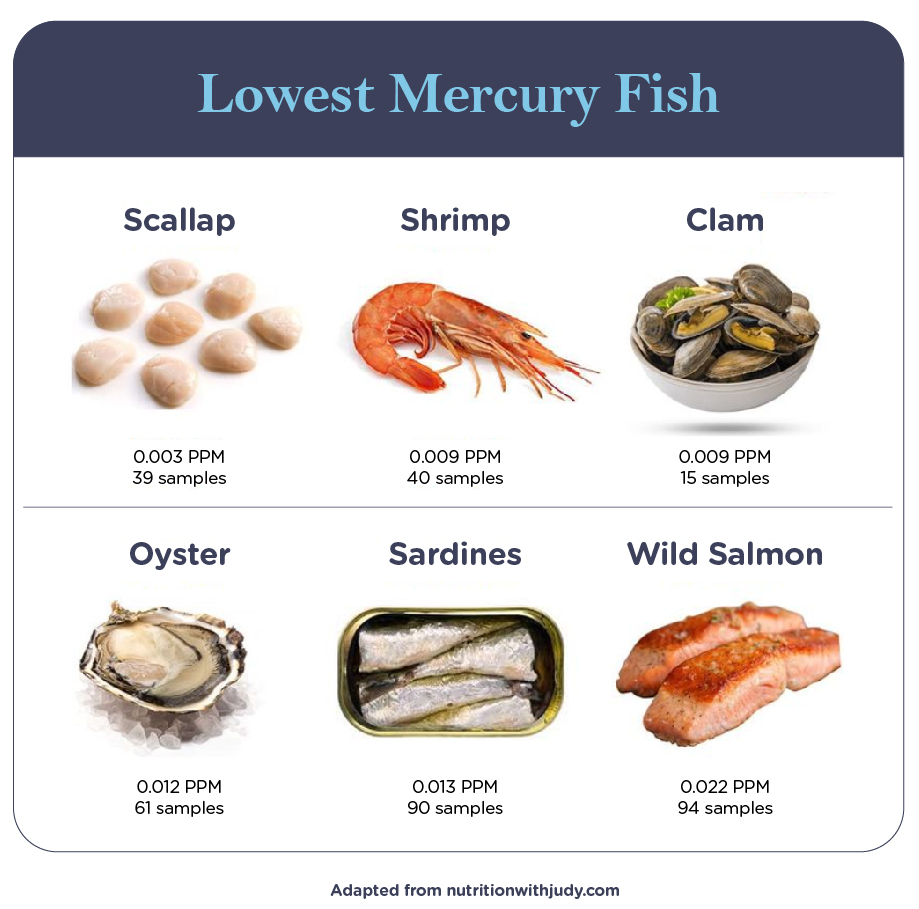
Pescatarian Keto: The Outlook
For people who want to experience the benefits of keto without relying on the meat of land-dwelling animals, The pescatarian keto diet offers a sustainable and delicious solution.
By eliminating most sugars, unhealthy fats, and all processed foods, you can reset your microbiome, reduce inflammation, and feed your cells with energy-rich ketones.
High-fat low-carb eating isn’t a one-size-fits-all lifestyle, and there are numerous options to explore like the carnivore diet, Mediterranean keto, and even vegetarian and vegan keto options. But for many people who are coming from vegan and vegetarian lifestyles, pescatarian keto proves the easiest and most sustainable approach.










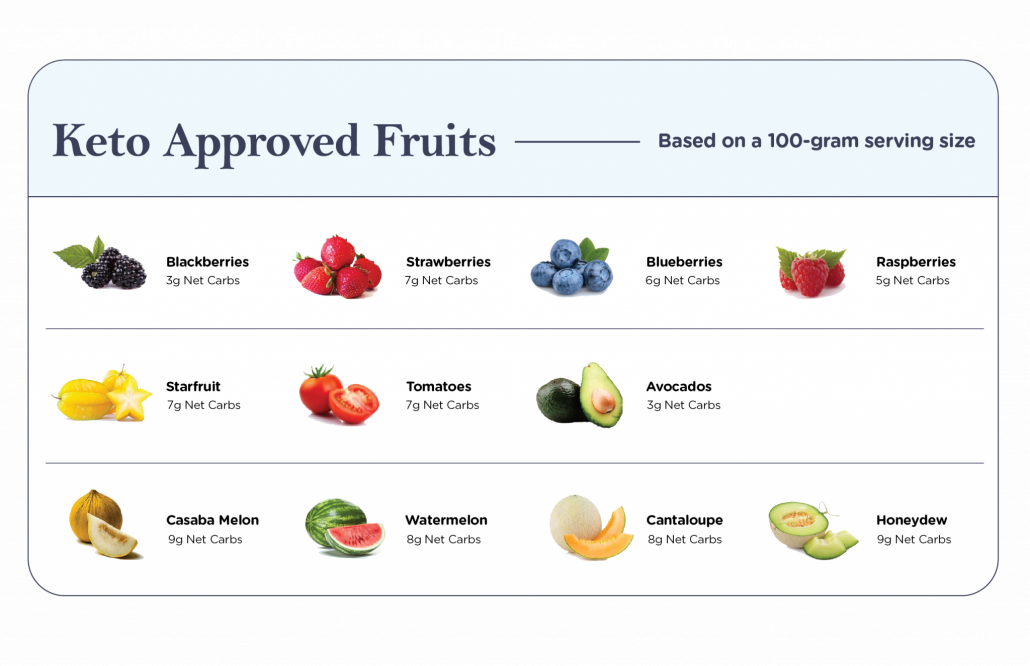 Pescatarian Keto Shopping List
Pescatarian Keto Shopping List